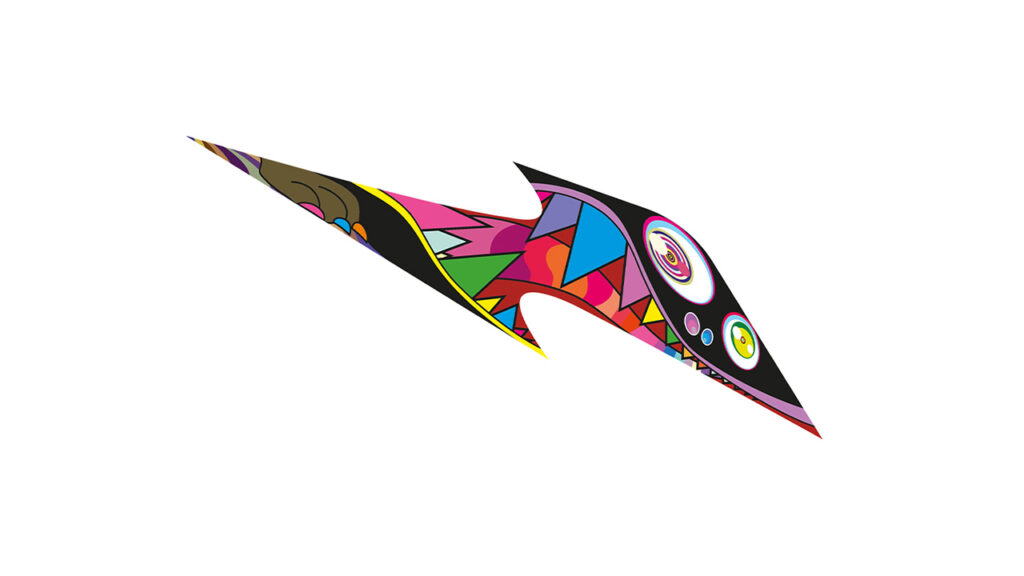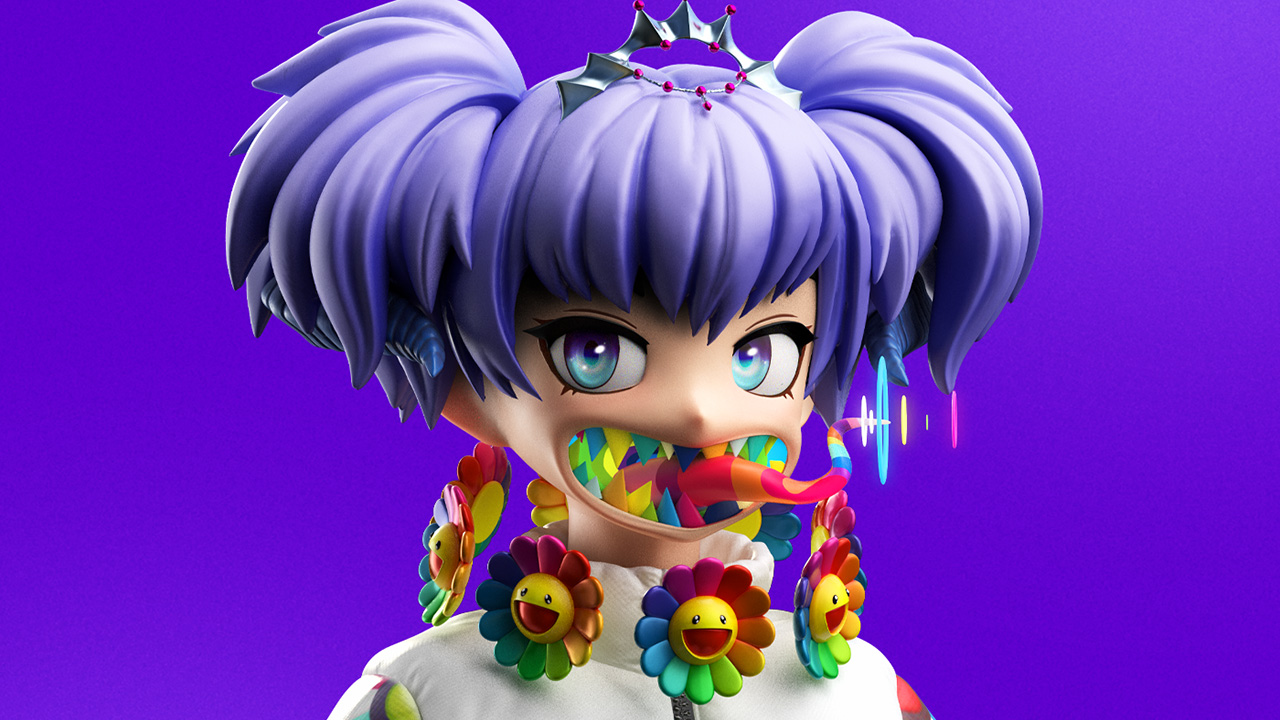In the rush of NFT marketplace activity and creativity over the past year, one class of digital collectibles has emerged as a major contender. Since the later part of 2021, NFT avatars have taken off in popularity and value, spurred by social media networks and a number of high-profile sales. Now, in a further sign of their upswing, RTFKT Studios, the collective that’s cornered the market for virtual fashion, is entering the fray.
What happened
This month, RTFKT will unveil Clone X, its first NFT avatar project. And it’s lined up a high-profile collaborator in the form of Takashi Murakami, the Japanese pop artist who will be lending his zingy aesthetic to these digital collectibles.


The project’s 20,000 avatars will feature a random yet unique combination of traits and designs created by Takashi Murakami. Images: RTFKT Studios
Clone X’s 20,000 avatars will carry special traits and designs, including eyes, mouths, helmets, and clothes, generated through a randomization process. They will be full-3D models, which means buyers will receive 3D files that they can use in NFT-based games, Zoom meetings, or any other activity in the metaverse. All avatars will also have a special Murakami Drip property defined on the blockchain.
What are NFT avatars?
Think of them as digital profile pictures — images containing a character with traits or attributes that have been randomly generated via algorithm, making each unique. The spark for NFT avatars arrived with Larva Labs’ CryptoPunks in 2017, a project that included 10,000 singular pixelated characters, and has been fueled by recent releases including Hashmasks, Meebits (also by Larva Labs), and Bored Ape Yacht Club.
Because they’ve been widely deployed as, well, profile pictures, NFT avatars have spread widely (and wildly) across social media platforms from Twitter to Discord, growing in popularity as a marker of digital identity across virtual environments. They’ve also fetched tidy sums: in June, a single CryptoPunk sold for $11.75 million at Sotheby’s Natively Digital sale, before 107 Bored Apes raked in $24.4 million at the auction house’s Ape In! online sale.
Why it matters

Clone X’s first 10,000 avatars will be made available in an exclusive 48-hour pre-sale for existing RTFKT collectors, before the rest are released to the public. Image: RTFKT Studios
Quite simply, Clone X, with its pairing of RTFKT and Murakami, is bound to send the profile and value of NFT avatars skywards. Both parties come backed by passionate followings and are veterans in the hype ecosystem: the former once self-described as “the new age Supreme for a digital audience,” while the latter remains a bankable icon in contemporary art and a frequent collaborator within street fashion. Clone X avatars, then, represent the kind of cultural currency that would appeal to hypebeasts, crypto art buyers, and collectors alike.
Notably, too, Murakami emerged earlier this year with 108 Murakami.Flowers NFTs for sale on OpenSea before suddenly pulling them off the market to “reexamine” his approach. Considering the surge of interest for this initial non-release (the highest bid for Murakami.Flower #0000 was over $350,000), his official NFT debut is set to give the project wings.
What they said
“I have been very interested in NFTs and their potential, and I happened to come across the RTFKT team’s work on Instagram. We started chatting and came to love each other’s work. I am very excited to work and create with such an innovative team.” — Takashi Murakami, artist
“We always try to push things forward, and bringing Murakami, our favorite artist, to work with us on these avatars and share our vision is the biggest thing we could have dreamed of. Avatars are just the beginning of this revolution that are NFTs.” — RTFKT statement



